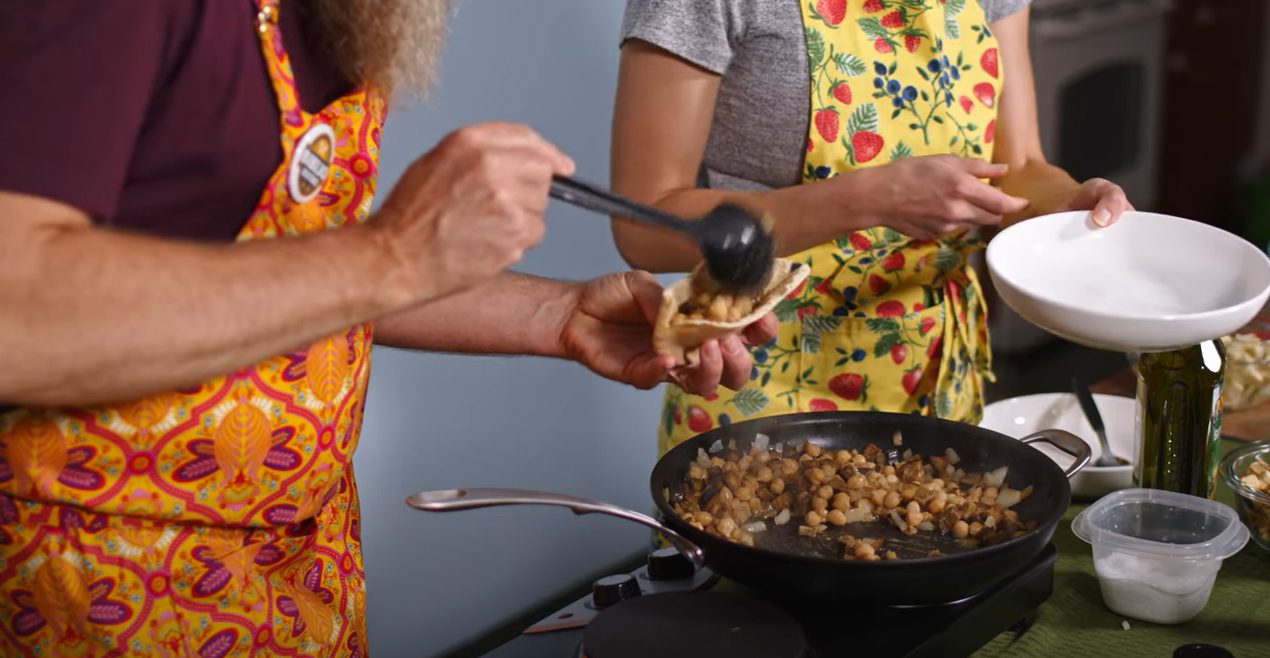
Red Flannel Hash
This Red Flannel Hash recipe is the perfect way to get in the fall cooking mood! Chef Michael and Dietitian Meghan show how easy, fun and healthful cooking can be with his recipe after an epic visit to the Calumet Farmers Market! Cost – $2.19/serving, $6.88 for the entire recipe Healthy Eating Tips from Dietitian Meghan Balanced Meal– The recipe featured is … read more Red Flannel Hash





